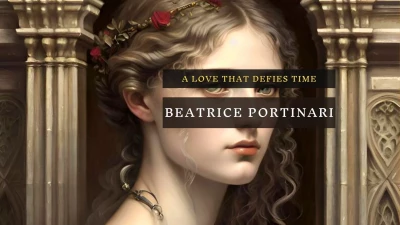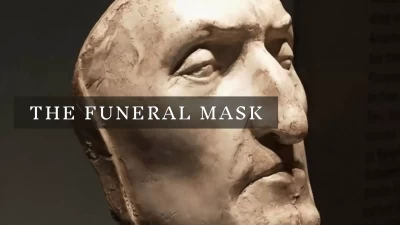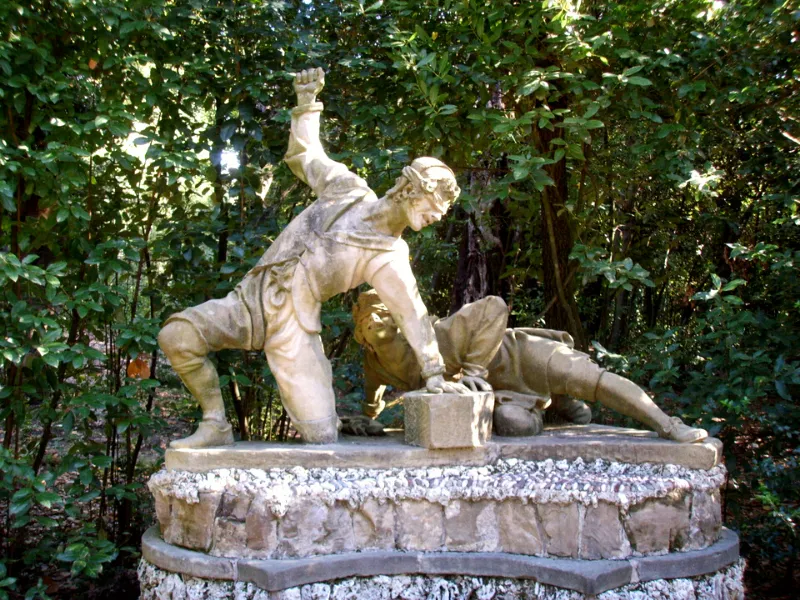A Mule is celebrated in the Palazzo Pitti
A Mule is celebrated in the courtyard of Palazzo Pitti
The courtyard of Palazzo Pitti's courtyard, designed by Bartolomeo Ammannati in the 1560s, stands as a testament to the toil of both architect and laborer. Ammannati and his team dedicated years to excavating a portion of what is now the Boboli Gardens, extracting the requisite stone for the courtyard's construction. Surprisingly, this very land once served as a pietraforte quarry, yielding one of Florence's signature stones.
The photograph below provides a glimpse of Ammannati's creation nestled amidst the heart of the garden. Notably, pietraforte, a yellow-brown stone, was employed in the construction of not only the Palazzo Pitti courtyard but also in other eminent Florentine structures, including Palazzo Vecchio, the Bargello museum and Palazzo Medici – an archetype of Renaissance architecture. This stone, fortified by its iron content, possesses greater strength than pietraserena, which was used, for instance, in the construction of the Uffizi Gallery.
Tragically, this indefatigable creature met its demise on the premises. In commemoration, Filippo Larini, the chiseler, crafted a memorial plaque, now situated on the left side of the courtyard. The bas-relief on the plaque prominently features the mule in the foreground, with a pulley on the right and a chisel on the left. A Latin inscription perpetually commemorates the tireless dedication of this animal to the quarrying task. Such inscriptions referencing animals are indeed rare finds in the annals of Florentine history.

On the right the courtyard of Palazzo Pitti and the Boboli garden behind
Altri articoli

Beatrice Portinari, the impossible love
The impossible love of Dante and its impact on literature.

The funeral mask
The Dante funeral mask, once thought real, is now believed a lost sculptural portrait. Donated to Florence in 1911, found in Ravenna in 1830.

Unusual statues decorate Boboli Garden
Statues with the symbols of the Medici are everywhere

Were was Dante Buried?
Enrico Pazzi decorated even the base of the statue with four heraldic lions symbol of the Florentine Republic. The sculptor and his subject are united by a strange circumstance: Dante was born in Florence and died...

